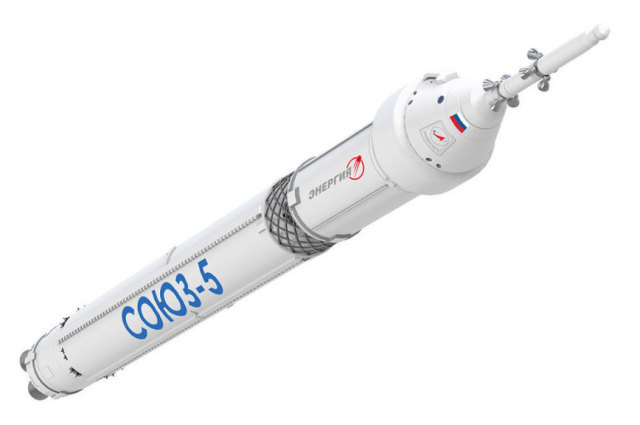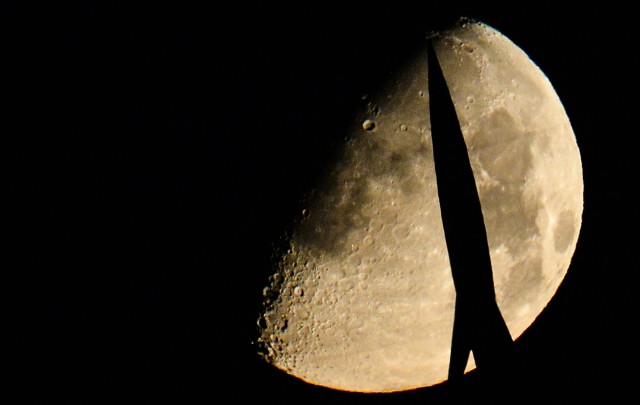Russia has stopped the technical design of a super-heavy carrier that they wanted to use for flights to the moon. Earlier it was reported that this could involve the Angara-A5B and Soyuz-2.1 a missiles.
The Russian superheavy rocket is increasingly attracting the attention of specialists and the media. Recently, they have been talking about problems related, among other things, to the concept of the carrier. It was, in particular, about its revision. And today it became known that the technical design was completely stopped.
This was reported by RIA Novosti with reference to the general director of the Samara Rocket and Space Center (RCC) "Progress" Dmitry Baranov. "RCC "Progress "the work on the" Elements of the STK "has really been stopped," he noted. It is possible that the work will resume in the future.
The technical design was planned to be completed in October. As part of the development work, the Elements of the STK were to develop key elements and technologies of the missile complex. The work was carried out by Progress on the order of the space agency.
They wanted to assemble the rocket from the Soyuz-5 and Soyuz-6 carriers currently being created, using the RD171MV and RD-180MV oxygen-kerosene engines.

Soyuz-5
Image source: Energy
It was also reported that instead of an oxygen-kerosene superheavy-class rocket, a methane one could be developed. In this case, six side blocks were proposed to be installed around the central one. They wanted to equip them with RD-182 methane engines. The upper stage was going to be performed on the basis of RD-0169.
A Russian superheavy rocket is supposed to launch cargo and astronauts to the surface of the moon. The carrier is known under the designation "Yenisei", a more powerful version was named "Don". It was assumed that the launch vehicles would be able to put more than 100 tons of cargo into a low reference orbit.
Last year, RSC Energia proposed an option in which a super-heavy carrier is not needed for landing astronauts on the moon. According to the concept, the mission will require three Angara-A5B missiles and one Soyuz-2.1 a.
"Angara" should launch a refueling module to a natural satellite. Then, with the help of the Soyuz, the astronauts on the Soyuz-MS spacecraft will arrive at the ISS (or another station). After that, the participants of the expedition will transfer to a lunar spacecraft, and the second "Angara"will deliver a refueling ship and an upper stage. On the way back, the ship with the crew will dock with another tanker, which will be launched with the help of another "Angara".
It should also be noted that earlier it became known about the development of the Orlyonok spacecraft in Russia — a lightweight version of the Eagle for lunar missions.

